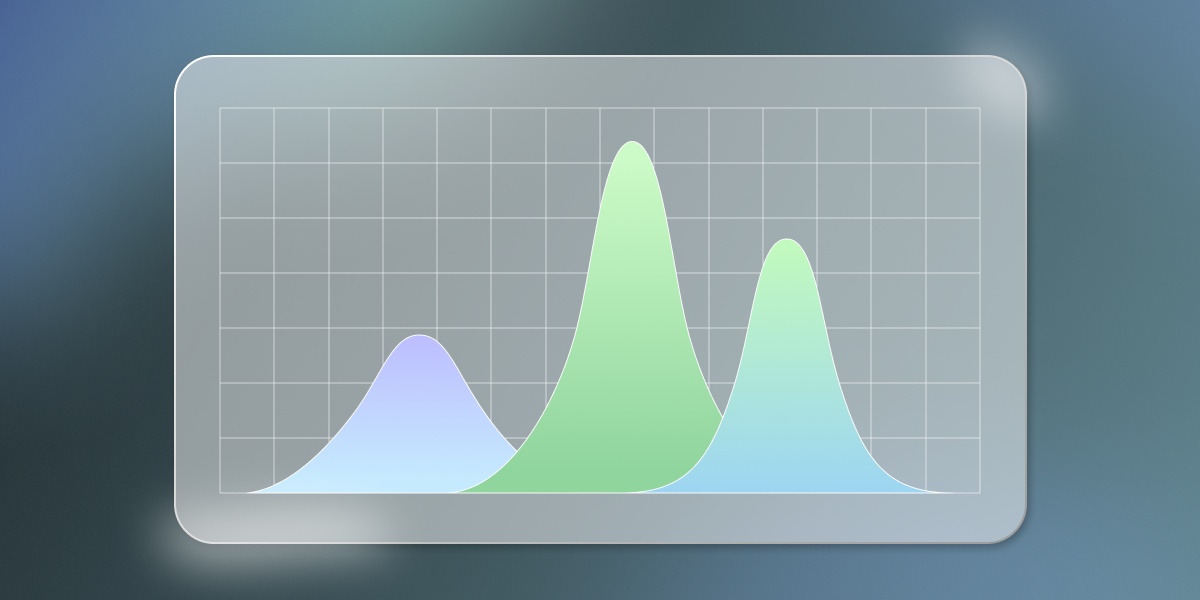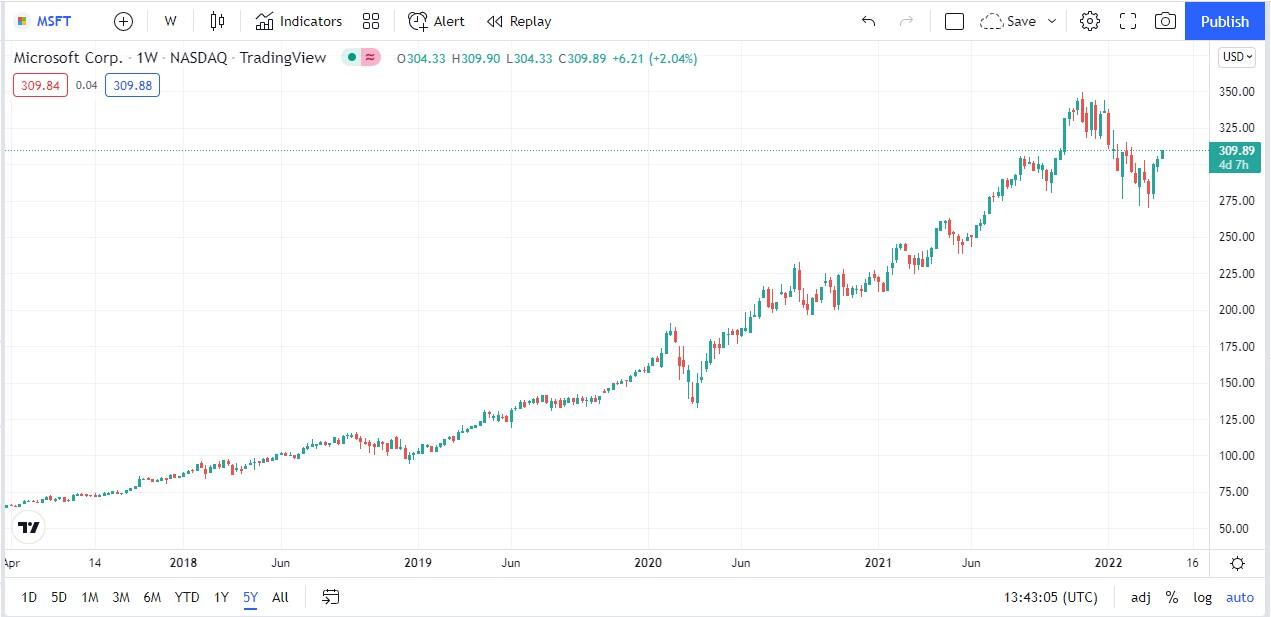In the ever-evolving landscape of trading, where trends shift and market sentiments ebb and flow, the key to success often lies hidden in the past. For many traders, the reliance on real-time data and cutting-edge indicators can overshadow the invaluable insights that historical market data offers.
This trove of information—rich with patterns, anomalies, and insights—may just be the missing link you need to refine your trading strategy. Imagine sifting through years of price movements, economic events, and trading volumes, uncovering not just what happened, but why it mattered.
The semblance of chaos in those past figures can often reveal the robust foundations of market behavior, giving traders the advantage they crave. Delving into the nuances of historical data could be the transformative journey that shapes your future trades, propelling you from uncertainty to informed decision-making.
So, could it be that the key to unlocking your trading potential lies in the corridors of history? Let’s explore this intriguing possibility.
Understanding Historical Market Data

Understanding historical market data is pivotal for any trader seeking to sharpen their edge in the complex landscape of financial markets. This data—comprising price movements, trading volumes, and various financial indicators over time—serves as a rich tapestry from which traders can extract valuable insights.
Imagine dissecting the ebb and flow of stock prices during significant geopolitical events or economic downturns; such patterns reveal not just the behavior of assets but also the psychology of traders. With tools like a free replay chart, traders can dynamically revisit and replay historical market scenarios, gaining deeper clarity on how and why certain movements occurred. By analyzing past trends, one can identify recurring patterns and anomalies that might otherwise go unnoticed.
Are there slumps following earnings reports? Or surges in certain sectors during fiscal policy shifts? These questions can be answered through rigorous examination of historical data, enhanced by such replay tools, leading to a more nuanced and informed trading strategy. Hence, embracing this resource could very well be the key to navigating future market uncertainties with greater confidence and foresight.
How Historical Data Enhances Decision-Making

When traders delve into historical market data, they unlock a treasure trove of insights that can significantly enhance their decision-making processes. This data serves as a lens through which past market behaviors, trends, and anomalies can be scrutinized, allowing for the identification of patterns that may not be immediately apparent.
By examining the fluctuations of stocks during specific economic events, traders can build a more nuanced understanding of market sentiment and price movements. For instance, a trader might discover that a certain stock consistently dips during quarterly earnings reports—an indication of market reaction that could inform future trades.
Moreover, historical data empowers traders to test strategies over various market conditions, refining their approaches to mitigate risks effectively. Thus, embracing the wealth of knowledge embedded in historical data can transform a traders strategy from reactive to proactive, helping to anticipate shifts and seize opportunities in a fast-paced market landscape.
Risk Management and Volatility Assessment

Effective risk management and volatility assessment are essential components of a robust trading strategy, particularly when integrating historical market data. Traders must navigate the unpredictable tides of the market, and understanding past price behaviors can illuminate future trends.
For instance, historical fluctuations can reveal patterns that signify potential risks, allowing traders to adjust their positions proactively. But its not just about looking back; it’s about synthesizing that information to forecast future volatility.
Picture a landscape littered with peaks and valleys: here, a sudden spike may signal a looming threat, while a steady plateau offers a false sense of security. By employing historical data to identify these critical junctures, traders can craft strategies that are not just reactive, but strategically preemptive, transforming potential pitfalls into opportunities for growth and profit.
A nuanced grasp of this data, coupled with timely adjustments, could well be the differentiator between success and failure in a richly woven tapestry of market conditions.
Conclusion
In conclusion, integrating historical market data into your trading strategy can significantly enhance your decision-making process and improve your overall performance. By analyzing past price movements and trends, traders can identify patterns and correlations that may not be immediately apparent in real-time data.
Utilizing tools such as free replay charts allows traders to backtest their strategies against historical data, providing valuable insights and increasing their confidence in their trading approach. As the market continues to evolve, leveraging historical market data will remain a critical element for traders seeking to refine their strategies and gain a competitive edge.
Embrace this invaluable resource, and you may find that it is the missing link that propels your trading success to new heights.
 Alternative News
Alternative News




